Great Loch Ness Monster hunters
This article contains affiliate links. We may earn a small commission on items purchased through this article, but that does not affect our editorial judgement.
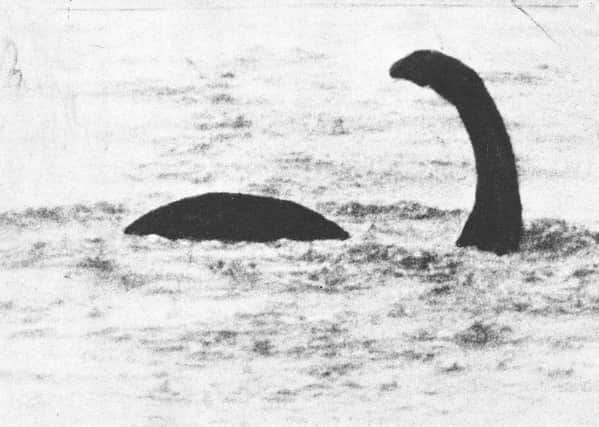

Williams charts the lives of some of those intrepid souls who have spent their time and efforts hunting the great beast, in pursuit of an animal that should have died out 65 million years ago.
From scientists and surgeons to tourists, journalists and internationally renowned naturists, read some of the stories behind Nessie hunters.
Robert K. Wilson, Edinburgh
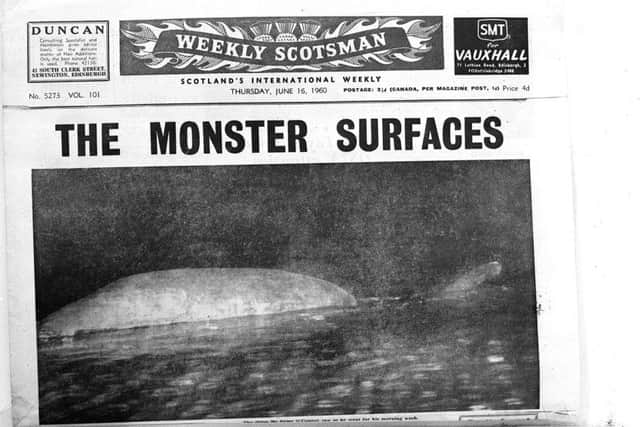

Advertisement
Hide AdGynaecologist and surgeon, who practiced just a block away from prestigious Harley Street, Robert Wilson was, according to Williams, “thoroughly professional” and “ill at ease in the limelight”.
In early 1933, aged 34, Wilson was looking down towards the loch whe, he recounts to the author: “I noticed a considerable commotion on the surface, perhaps two or three hundred yards out. When I had watched it for perhaps a minute or so, something broke surface and I saw the head of som strange animal rising out of the water.
“I hurried to the car for my camera, then went down and along the steep bank for about fifty yards to get a better view and focused on something which was moving through the water. I was too busy managing the camera to make accurate observation but I made four exposures by which time the object had completely disappeared. I had no idea at the time whether I had anything on the plates or not, but I thought I might have.”
Three of the pictures turned out to be duds, but the third was sensational.
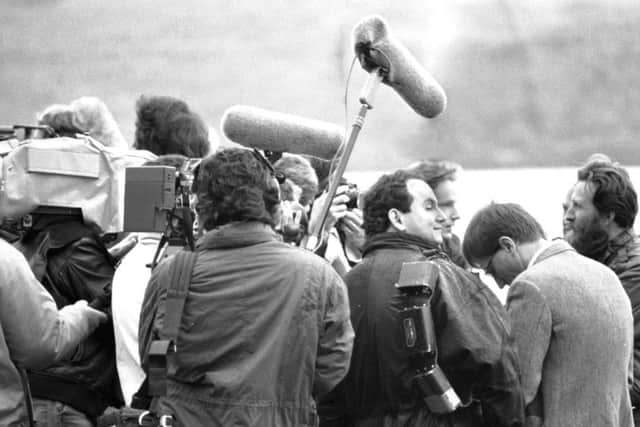

Williams explains “the surface of the water is rippled longitudinally, as if ruffled by the wind. In the centre of a ring of ripples sits and extraordinary object, curving forward like a tapered neck and ending in a blunt head. It’s reflection is party visible. Behind it, hard to make out against the water, are suggestions of a low back breaking the surface. Immediately in front of the neck is a small, dark, rounded shape.”
Wilson’s image was soon snapped up by the Daily Mail in London who labelled it ‘The surgeon’s photograph’ and went on to become one of the most iconic images of the twentieth century.
Mr and Mrs George Spicer from London
Advertisement
Hide AdA renewed interest in Nessie in the 1930s led to an influx of English tourists, desperate to catch site of the great beast.
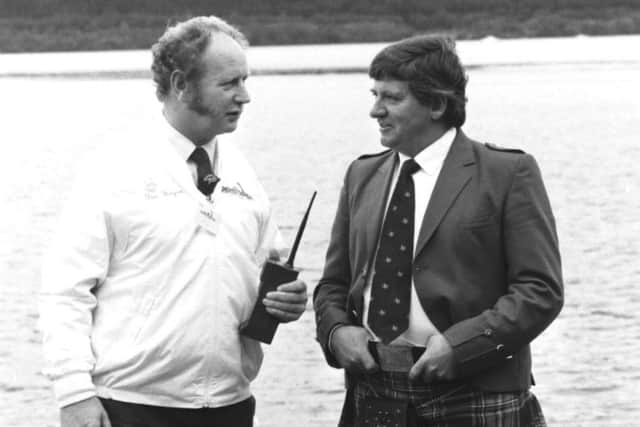

Mr and Mrs George Spicer, an upper-crust couple from London, were among those to make the journey.
Advertisement
Hide AdWilliams notes: “Heading home on the hot afternoon of 22 July, the Spicers left Inverness and took General Wade’s Military Toad towards Fort Augustus. Roughly halfway along the 11-mile stretch between Dores and Foyers, they saw something cross the road about 50 yards ahead. It was there for only a few seconds but left them both profoundly disturbed.”
An extract from Mr Spicer’s latter to the Inverness Courier, reveals his excitement:
“It was the nearest approach to a dragon or prehistoric monster that I have seen in my life... It appeared to be carrying a small lamb or animal of some kind.. It seemed to have a long neck, which moved up and town in the manner of a scenic railway, and the body was fairly big with a high back... Length from six to eight feet and very ugly.”
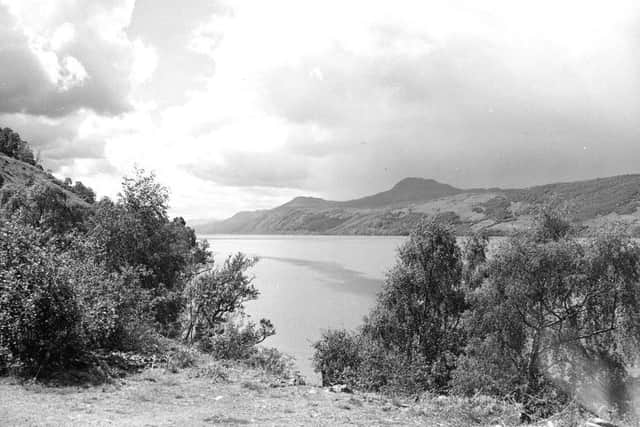

The importance of the sighting is explained by Williams: “The Spicer sighting soon became famous, as the first suggestion the Monster had a long neck and could venture out on land.”
Alex Campbell
Campbell was a journalist with the Inverness Courier for 62 years. As well as writing, he was worked at the Ness Fishery Board, a role that “shackled him to the Loch,” explains Williams.
In an anonymous radio piece in 1993, Campbell claimed credit for naming Nessie. He also claimed to have personally seen the beast at least 17 times.
Advertisement
Hide AdWilliams writes: “For the media, he was the obvious man on the spot: the softly spoken, salt-of-the-earth local who knew the Loch like the back of his hand, had seen the monster himself and could tell the story as it really was.
“Three of his 17 or 18 sightings of the Monster became classics: the 30ft, long-necked creature in Borlum Bay in 1933, the pair of monsters, also in Borlum Bay in 1955 and whatever pushed his rowing boat out of the water in mid-loch on a beautiful day in 1955 or 1956.”
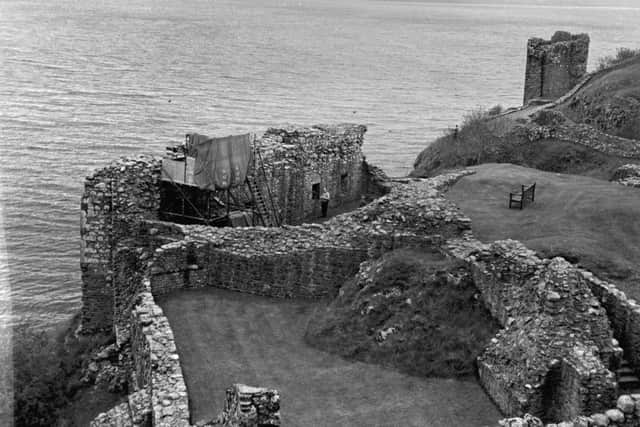

Advertisement
Hide AdCampbell’s knowledge was so well respected in Nessie hunting circles that Sir Peter Scott even brought him down to London to speak with scientists.
Though he was considered a man of integrity, Williams noted inconsistences could be found in this stories.
“According to his piece in the Courier, the Mackays saw their strange spectacle on 28 April, whereas the couple told meticulous Rupert Gould that the date was two weeks earlier, on 14 April. In his radio piece at the end of 1933, the date had slipped back to ‘the end of May’.
“His encounter with the 30-foot, long-necked animal that surfaced in Borlum Bay is instantly recognisable: the creature turned its head constantly as if nervous and submerged when two trawlers appeared from the Caledonian Canal. However, the dates and even the year of this unforgettable experience vary between accounts.”
DG Gerahty
Did the entire Loch Ness Monster story start from a hoax?
While researching his book, Williams uncovered a publicist who claimed to have invented Nessie after being approached by hotel owners struggling in the Great Depression.
Public relations man DG Gerahty, writing in a 50s book Marise, recounts: “you may accept my assurance that the Loch Ness Monster was born in my presence, during a conversation which took place in a London public house, under the shadow of the monument erected to the great Lord Nelson...The Loch Ness Monster... was invented for a fee of £150 by an ingenious publicity man employed by hotel keepers.”
Advertisement
Hide AdHe added: “Over several pints of beer we became midwives of the reborn Loch Ness monster.”
Sir Peter Scott
World-famous naturalist Sir Peter Scott was rector of Aberdeen University and president of the World Wildlife Fund (WWF), among other achievements.
Advertisement
Hide AdHe was also obsessed with the Nessie and led the hunt for the monster in the 1960s,
Williams explains: “He was fully aware that he was playing with fire and that his entanglement with the Monster ‘tarnished his reputation in some scientific circles’. Behind the bravado lurked anxiety that he had estranged the establishment, on which his conservation activities depended.”
Gareth Williams is Emeritus Professor and former Dean of Medicine at the University of Bristol.
An internationally recognised researcher in diabetes and obesity, he was written 200 scientific papers and authored or edited over twenty medical books.
A Monstrous Commotion: The Mysteries of Loch Ness can be bought here.